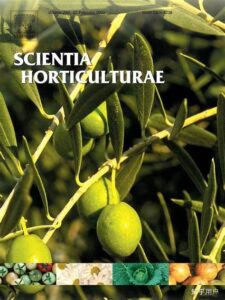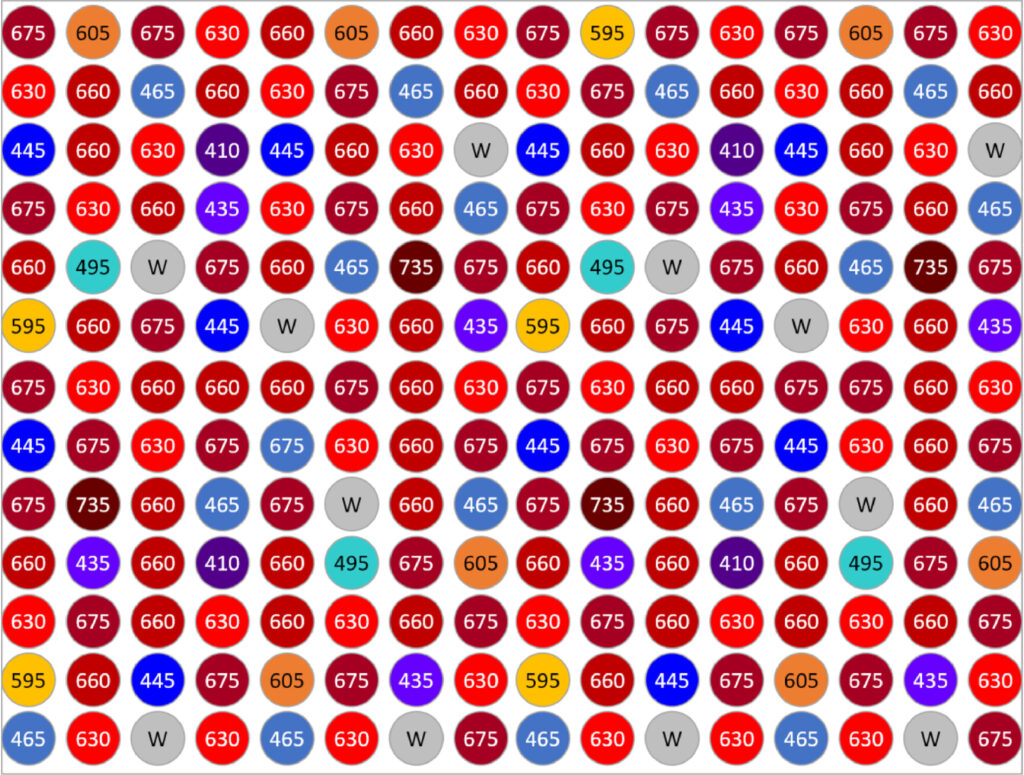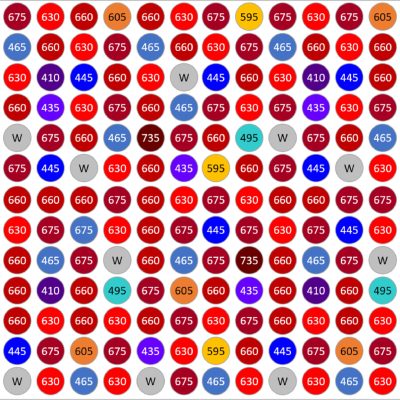Effects of LED lighting environments on lettuce (Lactuca sativa L.) in PFAL systems – A review
Ildikó Fruzsina Boros, Géza Székely, László Balázs, László Csambalik, László Sipos

Highlights
• Artificial light parameters impact lettuce yield and quality key quality and quantity light parameters and settings discussed.
• Focus on light homogeneity, pulsed lighting, interlighting, and upward lighting.
• Impact of light settings on lettuce production-biological traits is discussed.
• Expected future trends for lettuce PFAL research identified.
Abstract
Lettuce is one of the most important crops of plant factories with artificial lighting (PFALs) due to their small size, fast growth rate, low energy demand and high marketing value. High-end adjustable LED-based lighting environments, as well as controlled environment smart solutions enable producers to fine-tune leafy crop production according to consumer demands. However, knowledge about light quality, quantity and duration related underlying mechanisms influencing the production-biological traits of lettuce is still incomplete. Therefore, the aim of this review is to provide an up-to-date comprehensive picture about the interrelations of light parameters and lettuce vegetative development and phytochemical content based on available experimental results with special emphasis on existing knowledge gaps, the impact of spatial PPFD variation, as well as variations in R/B and R/FR ratios. Besides light duration, the effect of pulsed lighting, interlighting and upward lighting is also discussed. Smart PFAL systems are knowledge-demanding in terms of automated light recipes, growth predictors, machine vision and automated controlling systems. The future development directions and perspectives visible from international studies are also summarized for supporting PFAL growers in future investments and to inspire researchers to conduct studies in this field. Among light parameters, the effect of PPFD, light duration, and spectral compositions and ratios was in the focus of most studies in the last decade; less attention is paid for the analysis of the impact of light pulsation and of light parameters uniformity so far. The development of sensing technology enables a cutting-edge shift from 2D light characterization to 3D sensing, which is optimized to the multi-layer system of plants.



